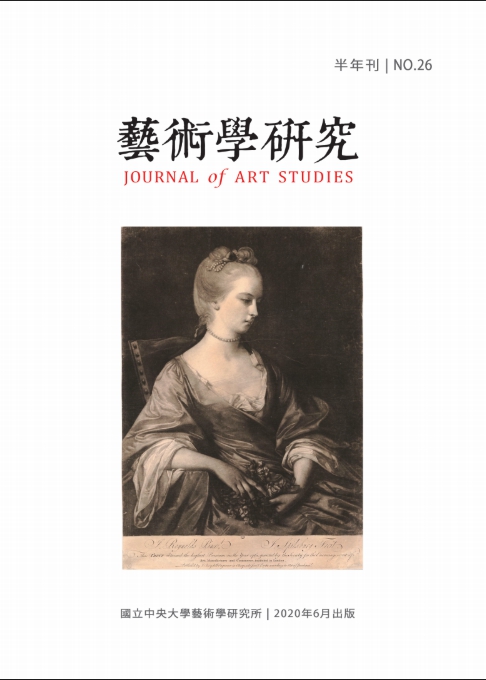本文探討十七世紀晚期至十八世紀中國版畫所接受的西洋影響,以蘇州作坊所印製的木刻版畫為例,並發表一幅現藏於柏林國家圖書館的《牧林特立圖》。
論文旨在揭示中國版畫中來自西洋的直接影響。首先作者將會追溯這件新發現的蘇州版畫所仿效的十七世紀荷蘭範本以及該範本的圖像學意涵,其次討論作坊主人的行銷策略以及其所鎖定的觀眾對象。最後從韓懷德個人題識的內容來探究作者的意圖。最後則在全球藝術史脈絡的框架中討論這件作品所衍生的各式議題,如歐洲的圖像學如何被轉化成中國版畫的新内容以及其在中國藝術史和全球藝術史中的意義。
結論指出這件收藏在柏林的蘇州版畫是一個特殊的例子,也是目前所知的蘇州版畫裡的新類型。雖然這件作品在其國内市場的脈絡中標榜著「宗西正法」,但在十七世紀起海外貿易興盛的脈絡下以私人物件的方式輾轉來到歐洲,而成為歐洲人眼中的中國圖像,這件作品對於其雙方的觀眾所產生的視覺「奇觀」效果有著不同的面向。
This article discusses European impacts on the Chinese print in the late seventeenth to eighteenth century, especially on woodblock prints produced by workshops in Suzhou, by revealing a newly discovered Suzhou print, Herding a Bull in a Forest (Mulin teli tu 牧林特立圖) now in the collection of Staatsbibliothek zu Berlin.
This essay aims to demonstrate the direct influence of European copperplate engraving on the Chinese woodblock. Firstly, I identify its citation sources in seventeenth century Dutch images and the iconographic content of this newly discovered type of Suzhou print. Secondly, I discuss the workshop owner’s marketing strategy and the audience he targeted. Lastly I address the issues raised by this specific work within the framework of the global art context, how this European iconography was transformed into its own Chinese context and the meaning of this newly discovered type of Suzhou print in the fields of Chinese art history and global art history.
In conclusion, the Berlin print is an extraordinary case: it is a new type of Suzhou print. Although this work was originally promoted domestically as a European image; with the growing global trade that evolved during the seventeenth century, it came to Europe as personal item and became an image of China in Europe. For both audiences it was compelling for different reasons, providing novel visual material and as an object of curiosity.


